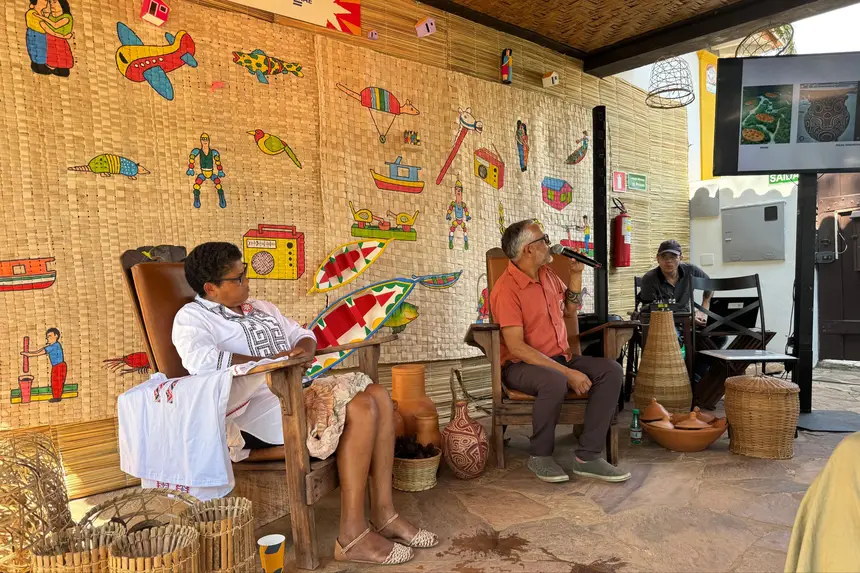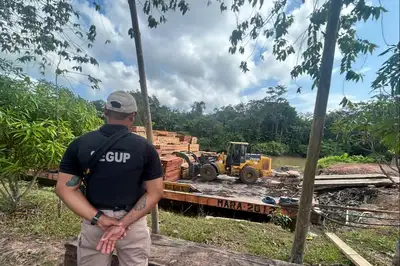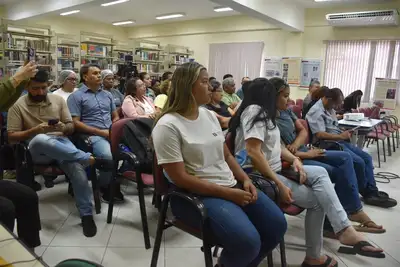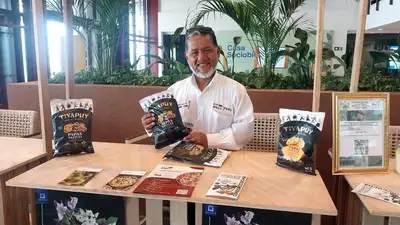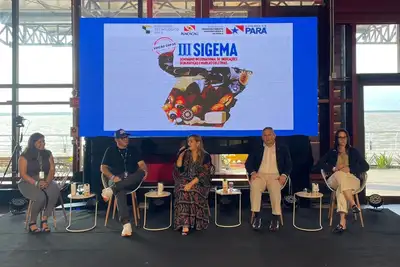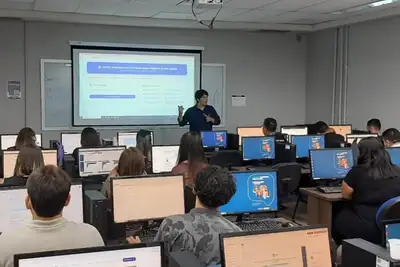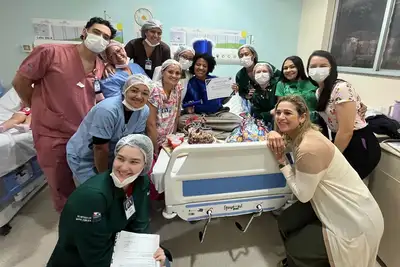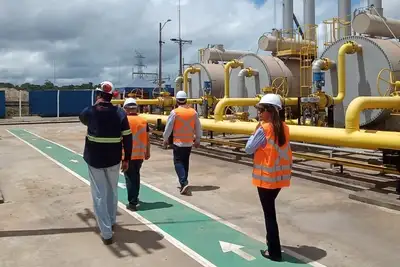Casa Pará consolidates Amazonian culture and fosters tourism at a national creativity event
The presence of Pará in this environment allowed for a personalized presentation of the State, bringing visitors closer to the most authentic aspects of the Amazon: manual craftsmanship, the aesthetics of the territory, traditional knowledge, and creative expressions.
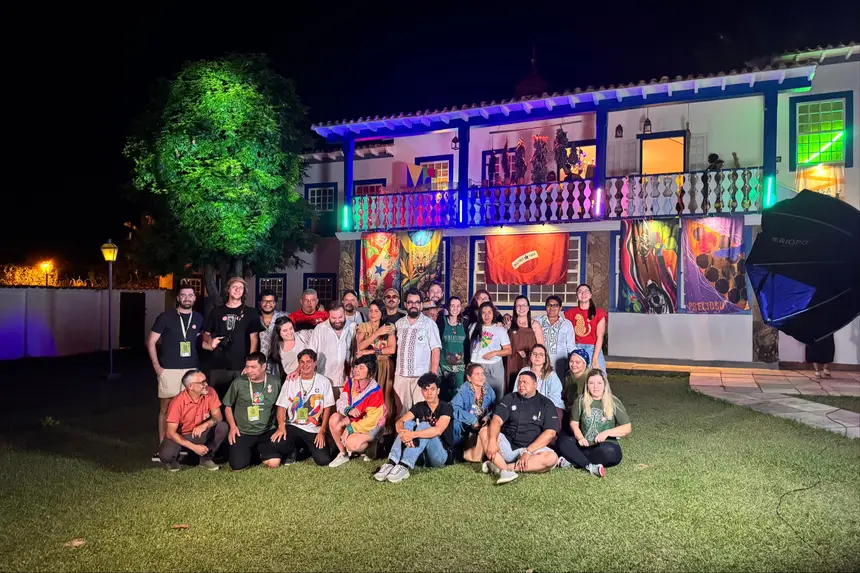
During the Creative Week of Tiradentes, in Minas Gerais, the 2nd edition of Casa Pará was held, a space dedicated to celebrating the knowledge, artistic expressions, and identities of Pará's culture and providing an immersive tourism experience. The initiative, which has the institutional support of the State Secretariat of Tourism (Setur), aims to expand the narrative of plural Brazil, promote visibility for Amazonian artists and artisans, and enhance dialogue between traditions.
More than five thousand people visited the house from October 16 to 20. The house, located on Santíssima Trindade street, was the stage for interventions, workshops, and meetings that reinforce the connection between Amazonian culture and creative territories across Brazil. The space is part of the thematic houses of the Creative Week of Tiradentes, forming a circuit of experiences and cultural encounters.
Casa Pará brought together artists, artisans, ceramists, and designers from Pará in one of the country's main design and creative economy events. The presence of Pará in this environment allowed for a personalized presentation of the State, bringing visitors closer to the most authentic aspects of the Amazon: manual craftsmanship, the aesthetics of the territory, traditional knowledge, and creative expressions.
The director of tourism products at Setur explains that the Secretariat's participation this year was focused on prospecting and fostering tourism. “We understand that promoting initiatives like this is essential to transform cultural bridges into opportunities for tourism promotion and the appreciation of Pará's identity. We also understand that the event consolidates as a real opportunity for destination promotion. More than a showcase, Casa Pará was a sensory and emotional experience, awakening in the audience the desire to know Pará through its art, traditions, and creators,” pointed out the director.
“This was a tourism promotion strategy that combines design, identity, and hospitality. Casa Pará has already established itself as an immersive showcase of Pará's culture and creativity, bringing a highly qualified audience closer to the tourism potential of Pará. And that is precisely our role: to transform cultural experiences into development opportunities for tourism and the appreciation of our identity,” added Alessandra.
Nanda Messias was one of the visitors to Casa Pará and stated that she was very impacted by everything she saw. “I know Pará, the people are wonderful, welcoming. Casa Pará was an opportunity to show and remind everyone of the incredible things Pará has,” she said.
Plural Programming
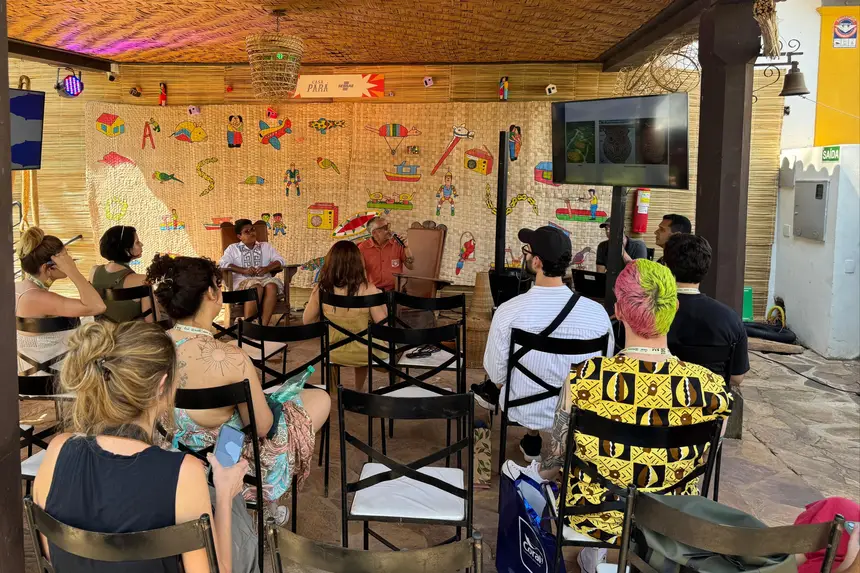
Casa Pará featured a diverse program from a group of visual, plastic, musical artists, designers, and gastronomy. Among the artists that the house hosted were Mestre Vital, who presented masks made for the Cordão de Última Hora, a carnival block created by his family in the municipality of Cametá, with props made from the reuse of materials that would be discarded; PV Dias, an Amazonian artist who works with painting, collage, photography, video, and digital art; Walda Marques, a portrait photographer who inverts her role and becomes the object of observation in the performance "A Fotografada"; Petchó Silveira, a self-taught artist who portrays the black Amazonian population and their existential issues; and Roberta Carvalho, who presented the project Symbiosis, with a series of digital videographic or photographic projections on tree canopies and vegetation.
The project "Admiriti" showcased a collection of furniture and lighting made from miriti, a traditional raw material from the Amazon. The lightweight and flexible fiber is harvested from the stems of the more mature leaves, in a pruning that keeps the palm tree upright and even stimulates its growth. The exhibition seeks to give visibility to the knowledge of artisans and transform these creations into collectible design objects. Still at the Casa, the installation "Veropa" recreated the Ver-o-Peso market, using objects that are icons of the largest open-air market in Latin America. The garden of the Casa hosted the installation "Cabeçudinhos," featuring folkloric characters from the carnival and June festivals of the municipality of São Caetano de Odivelas.
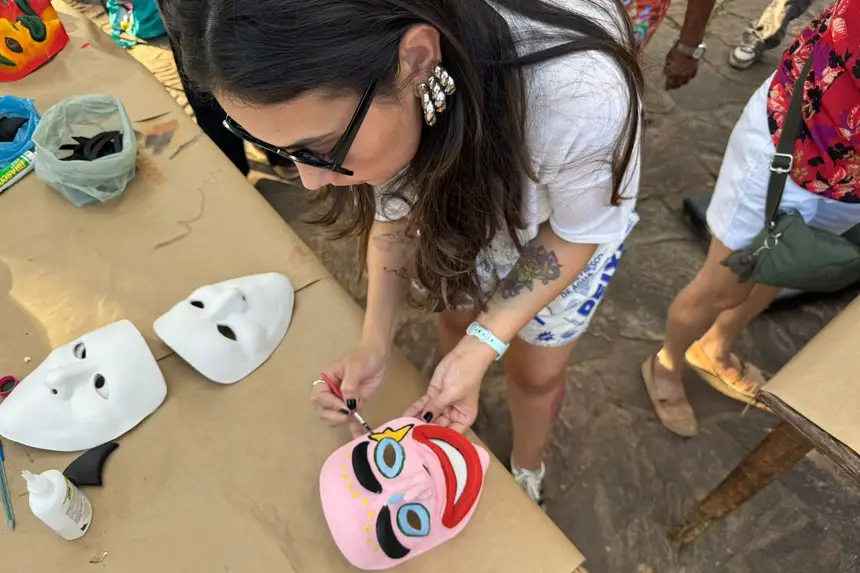
Casa Pará also promoted workshops for making masks and handling miriti, presentations of Amazonian coffees, and historian Michel Pinho, who repeated the success of 2024, conducting two tours: through the spaces of Casa Pará and through the streets of Tiradentes in a public class about the different ways of living in colonial Brazil.
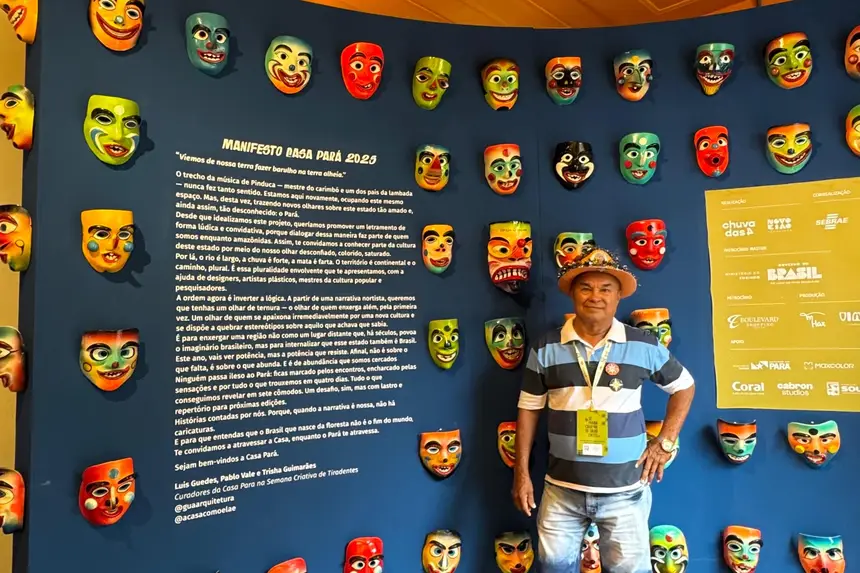
The program also included the Açaí Talks, promoted by the Brazilian Service of Support for Micro and Small Enterprises (Sebrae-PA), which brought names from Pará's culture and entrepreneurship to share stories and experiences with the market. Pará's gastronomy was represented by chef Arturo Baez, who prepared typical dishes from the region, highlighting innovation and respect for the cultural roots of the Amazon. In the cultural program, there was a pocket show by singer Felipe Cordeiro and DJ Zek Picoteiro.


